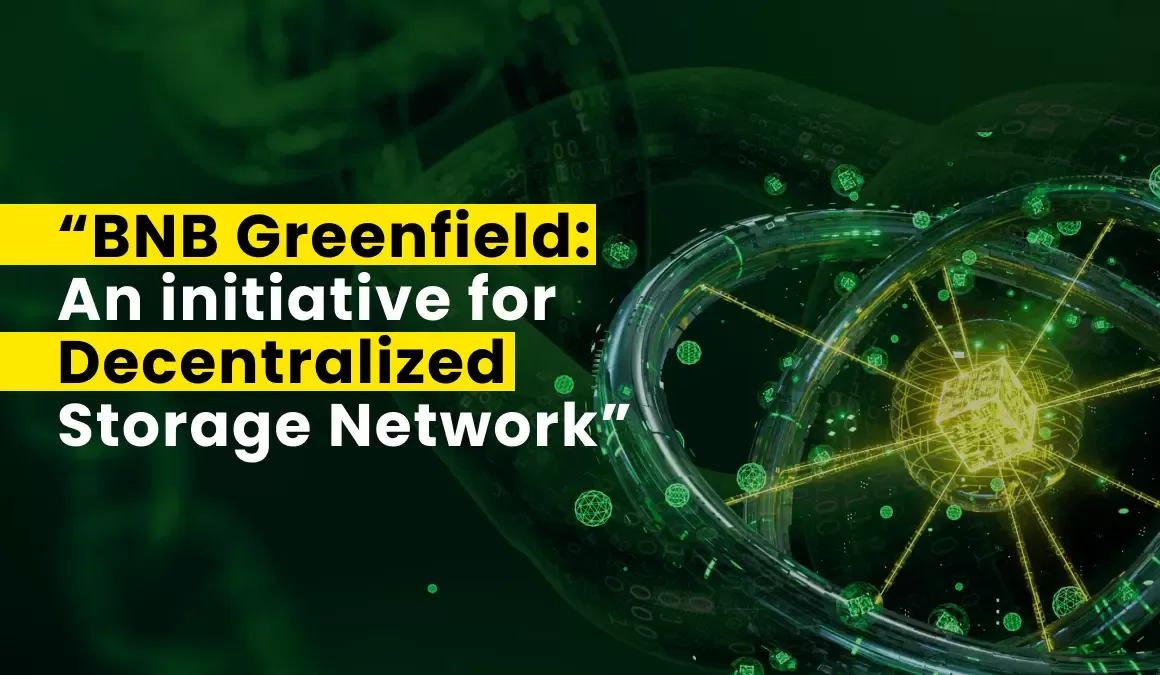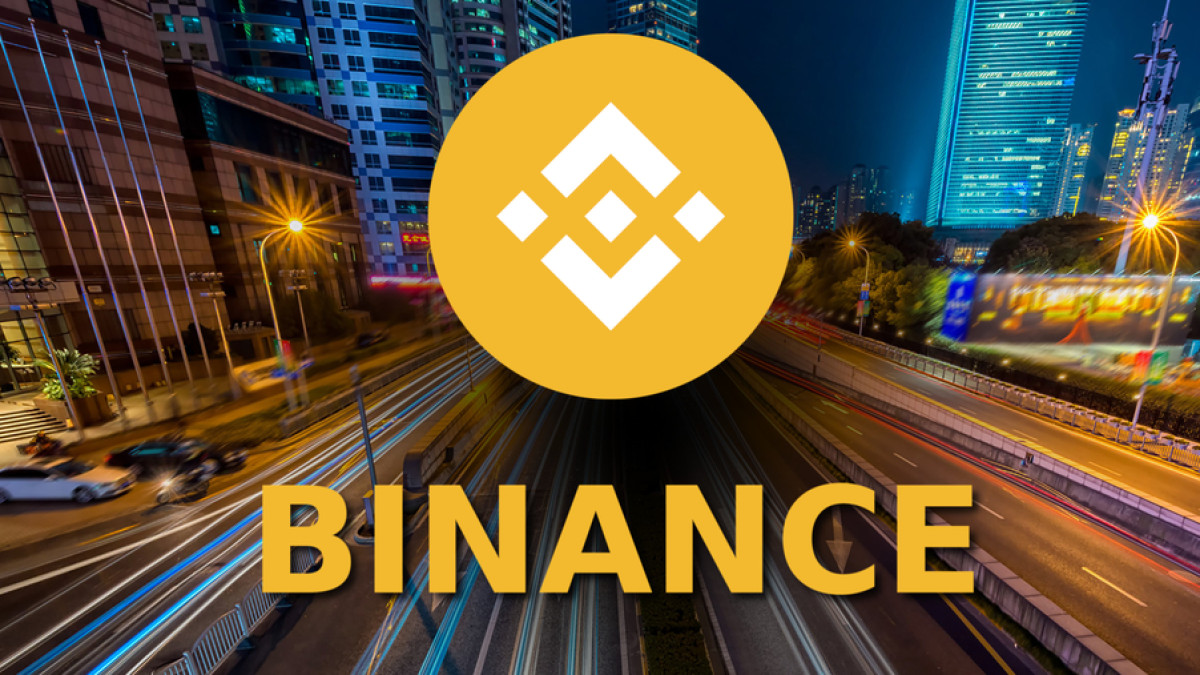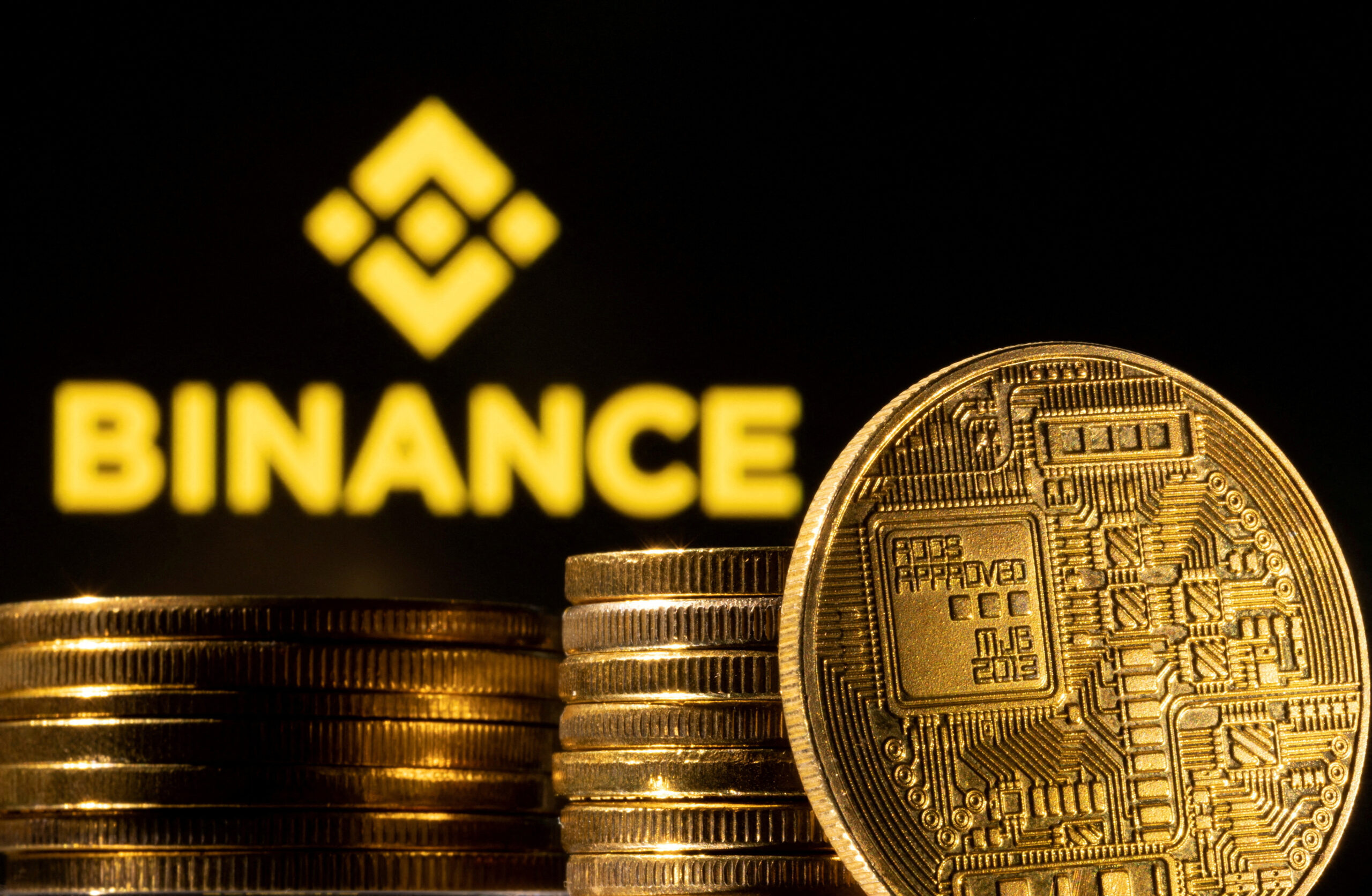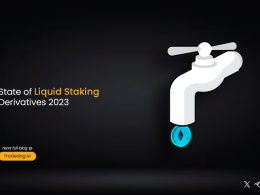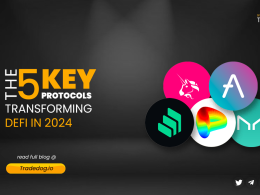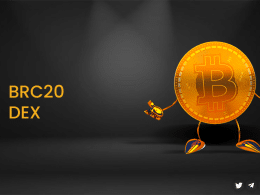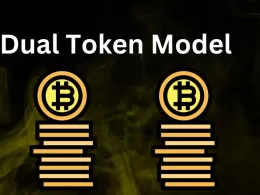I am sure that you would have heard of the Binance exchange. Right!!
But did you know that, in addition to their exchange, they have two blockchains in their ecosystem? These include BNB Beacon Chain, which focuses on BNB governance and security, and BNB Smart Chain, which focuses on smart contract creation.
They are now going to form a trinity of blockchains with BNB Greenfield.
Within the larger BNB Chain ecosystem, BNB Greenfield is a decentralized storage infrastructure where users and dApps may generate, store, and exchange data with complete ownership to build a new data economy. BNB Greenfield will also pave the way for brand-new, cutting-edge, and open Web3 value systems for dApps.
Why BNB Greenfield?
BNB Greenfield is a trinity that works together to deliver a revolutionary decentralized data storage solution – all with the user at the core. It is a blockchain that interacts with a decentralized network of storage providers (SPs). Users can upload data with their own access and usage rights. Storage providers keep the data off-chain with sufficient redundancy and backup while their metadata is stored on the BNB Greenfield blockchain.
All data stored in the BNB Greenfield ecosystem can be easily transferred to BNB Smart Chain via a native cross-chain bridge, where it can be used by both the current BNB Chain and BNB Greenfield dApp ecosystem.
Greenfield empowers the users to uniquely configure permissions on data retrieval via native smart-contract would be a groundbreaking development and would open myriad potential business applications.
Architecture of BNB Greenfield
BNB Greenfield Core is the center of the new ecosystem of data. It has two layers.
- A new storage-oriented blockchain, and
- A network composed of “storage providers”.
BNB Greenfield blockchain maintains the ledger and stores metadata as the standard blockchain state data.
Storage Providers (SP) would serve as the storage service infrastructure. Each SP will act as the gatekeeper for user rights and authentications and would respond to requests from users to write (upload) and read (download) data.
BNB Greenfield dApps would be the client toolings that allow users to interact with the decentralized storage system. These applications will use blockchain addresses as user identities.
Cross-Chain with BSC- There is a native cross-chain bridge between BSC and BNB Greenfield blockchain. While the data handling can be done more cheaply on Greenfield Core Infra, the relevant data operation can be easily transferred to BSC.
The Trinity would allow users to interact seamlessly within the ecosystem.
BNB Greenfield dApps will allow users to create, read, and execute data on the BNB Greenfield. Its core Infrastructure will accept requests and observations from the Greenfield dApps and BSC and allow easy operationalisation for different business scenarios. BSC can accept transferred data assets from BNB Greenfield thereby helping the Greenfield dApps.
Conclusion
BNB Greenfield appears to be a far-fetched vision that could unlock a new wave of decentralized applications. It can power services like Personal Cloud Storage where users can create their own network drives and encrypt them using private keys, store blockchain data to reduce L1 latency and improve data availability to name a few.
Clearly, BNB Greenfield can unleash the powers of storage technology on data ownership and economy and set up the playing field for new data economy and dApp models that could become the basis for Web 3.





